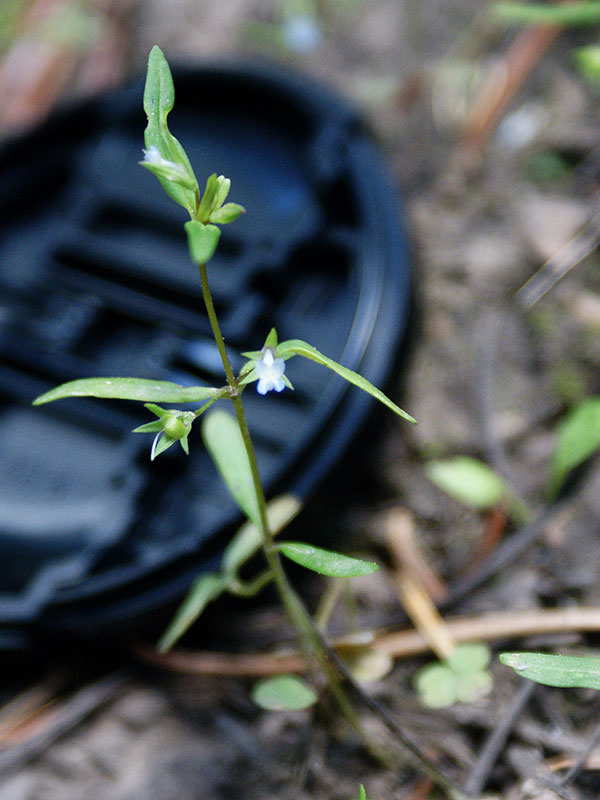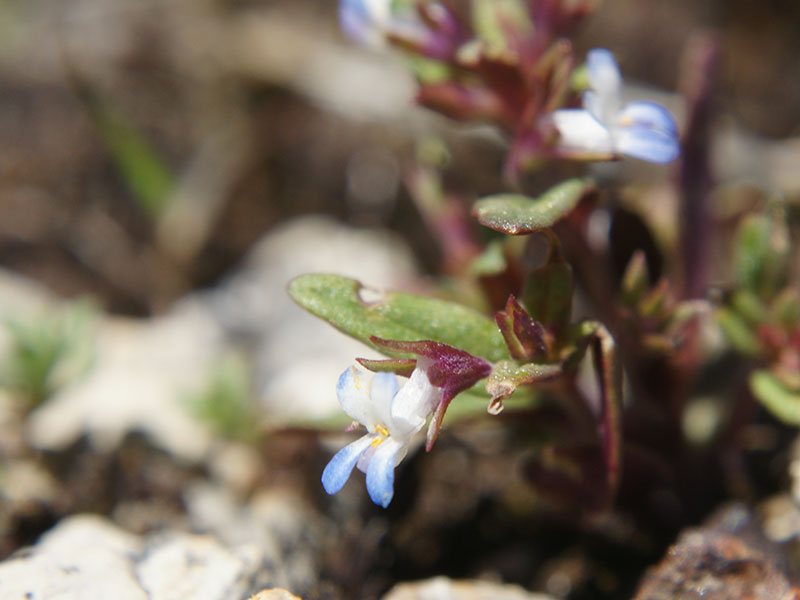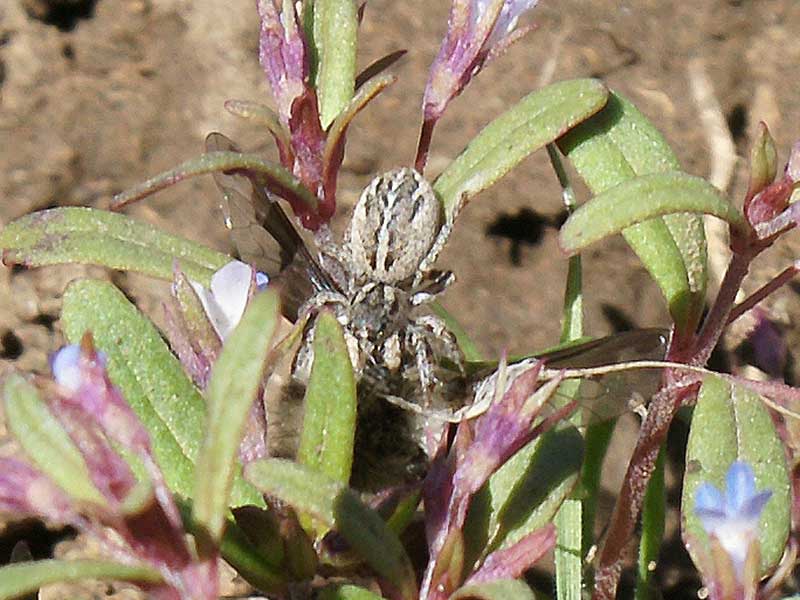Collinsia parviflora / maiden blue-eyed Mary
- inconspicuous
- teeny blue and white flowers, singly or in small clusters
- reddish stems and buds more visible than the flowers
- wide variety of habitats, bare rocks to marshy fens
Also known as: small-flower collinsia, small-flowered blue-eyed Mary, few-flowered blue-eyed Mary
Synonyms: Antirrhinum tenellum, Collinsia grandiflora var. pusilla, Collinsia tenella
The key word is teeny! It is inconspicuous! It is extremely easy to overlook! But when you see it, it’s sort of amazing that anything so small can survive where it does, and how diverse those habitats are. It grows, for example, on bare shallow soil on nearly bare rocks and the upper part of Wet Henderson, and in the marshy parts of Woods Creek Fen. It grows on ignored, if not waste, land in housing developments. As is the case with many plants this size, it flowers early in the season, soon after snowmelt, and often disappears quickly, as well.
With that introduction… the minuscule flowers of this Collinsia spp. grow singly or in loose clusters of several flowers. The whole flower is not more than a couple millimeters across. As a member of the Scrophulariaceae/Plantaginaceae family, each flower has five lobes. At the hand-lens level, the flowers have a blue lower lip and white to pinkish upper lip. There is a photo at that level in the gallery The lower parts of the corolla are fused into a tube which bends at a significant angle. That difficult to see and seemingly obscure fact is useful to differentiate this species from much larger C. grandiflora.
When flowers are clustered, the Inflorescence is a cyme. The flowers have pedicels and arise in the axils of the upper leaves and leaf-like bracts.
The vegetative part of the plants are somewhat spindly, with long internodes between opposite leaf pairs (sometimes whorled at the apex). The stems are reddish and the leaves are narrow and lance-shaped. Frequently, the leaves are slightly rolled under at the edges. The buds are also reddish and although they are teenier than the flowers, the red stems and buds make the plant easier to spot than the flowers do. The fact that it often grows in large colonies also helps.
Both the buds and stems may be glandular. The upper leaf surfaces may also either have small glands or not. The leaf glands appear as white spots on the leaves in the gallery photos.
While others may go on about plants with big, showy flowers, it is easy to fall in love with this really diminutive one… and having done that, you will have a search image for other really teeny flowers. Have fun.
| Color | |
|---|---|
| Family | |
| Blossom size | |
| Inflorescence size | |
| Inflorescence type | |
| When? | |
| Where? |




